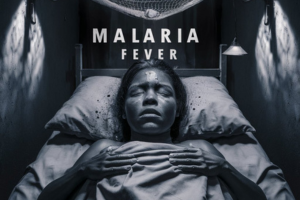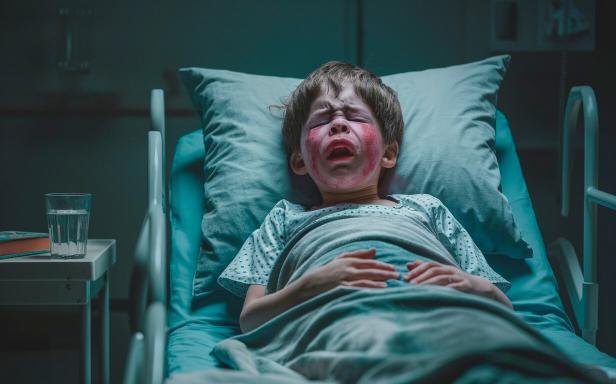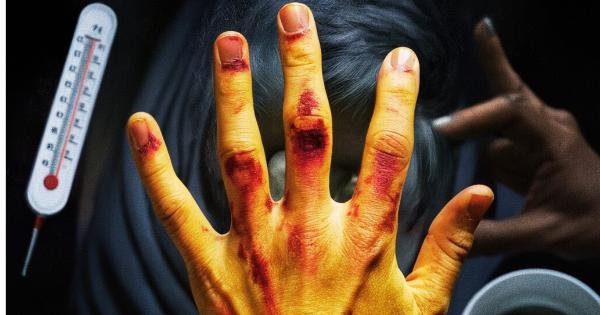The Plasmodium parasite, which is carried by mosquitoes, is the cause of malaria. It can only be spread via the bite of a female Anopheles mosquito carrying the infection. Only four of the more than 60 species of malaria parasites that have been identified thus far are known to cause malaria in humans. Any of the four malaria parasite species—Polgasmodium vivax, falciparum, malariae, and ovale—can bite a mosquito and cause malaria. Falciparum malaria is the most severe of all, and because it affects the brain, it can even be lethal. A person contracts malaria when an infected mosquito bites them, allowing malarial bacteria to enter their bloodstream.
Malaria Symptoms
Fever and sporadic chills are the primary symptoms of this illness. A fever often reaches between 105 and 106 degrees Fahrenheit. Fever occurs at regular, predictable intervals; for instance, fever may start after one day, linger for three to four days, and then go down with perspiration. The body temperature may dip below normal once the fever subsides.
In addition, there may be mild to severe cold, headaches, sleeplessness, and bodily pain. There may be excessive perspiration, convulsions, thirst, exhaustion or lethargic mood, lower abdominal and muscle aches, and enlarged liver and spleen. Anemia is caused by malaria because it destroys red blood cells. Malignant malaria is the most complex type of malaria. Apart from the typical symptoms of malaria, there are a number of complications.
Examples include symptoms of low blood glucose, anemia, kidney damage, jaundice, shortness of breath, and convulsions. If these individuals do not receive emergency care, they may pass out.
Malaria diagnosis and treatment
If malaria is suspected, testing is necessary initially. If malaria is not found, the test needs to be run three days in a row. In the event that malaria is found, you should see a doctor very away.
Blood test for malaria diagnosis
A blood test is the most widely used and trustworthy means of diagnosing malaria. Malaria parasites in red blood cells can be found by microscopic analysis of blood smears. Results from rapid diagnostic tests (RDTs) can be obtained in 15 to 20 minutes.
Additional diagnostic techniques
Serology tests, which look for antibodies against the parasite, and polymerase chain reaction (PCR) testing, which identify the parasite’s DNA, are two other ways to diagnose malaria. These techniques are typically applied in study or when results from conventional testing are not clear-cut.
How to avoid contracting malaria
A illness is entirely preventable and curable. It takes awareness to keep yourself safe from diseases spread by mosquitoes.
- Avoiding mosquito bites is the best defense against this illness. It is something that requires action. Use mosquito nets or coils, for instance, whether you’re sleeping during the day or at night.
-Using window and door sprays, creams, and mosquito nets to keep insects away. - Make sure that there is no standing water anywhere in the house where mosquitoes could nest, or clean wet spots and stagnant reservoirs on a regular basis. For this reason, whether you’re sleeping during the day or at night, you need to utilize mosquito nets or coils.
Apply repellant sprays, nets, and creams to windows and doors. - To stop mosquitoes from breeding, don’t let water build up anyplace in the house; take care of that










